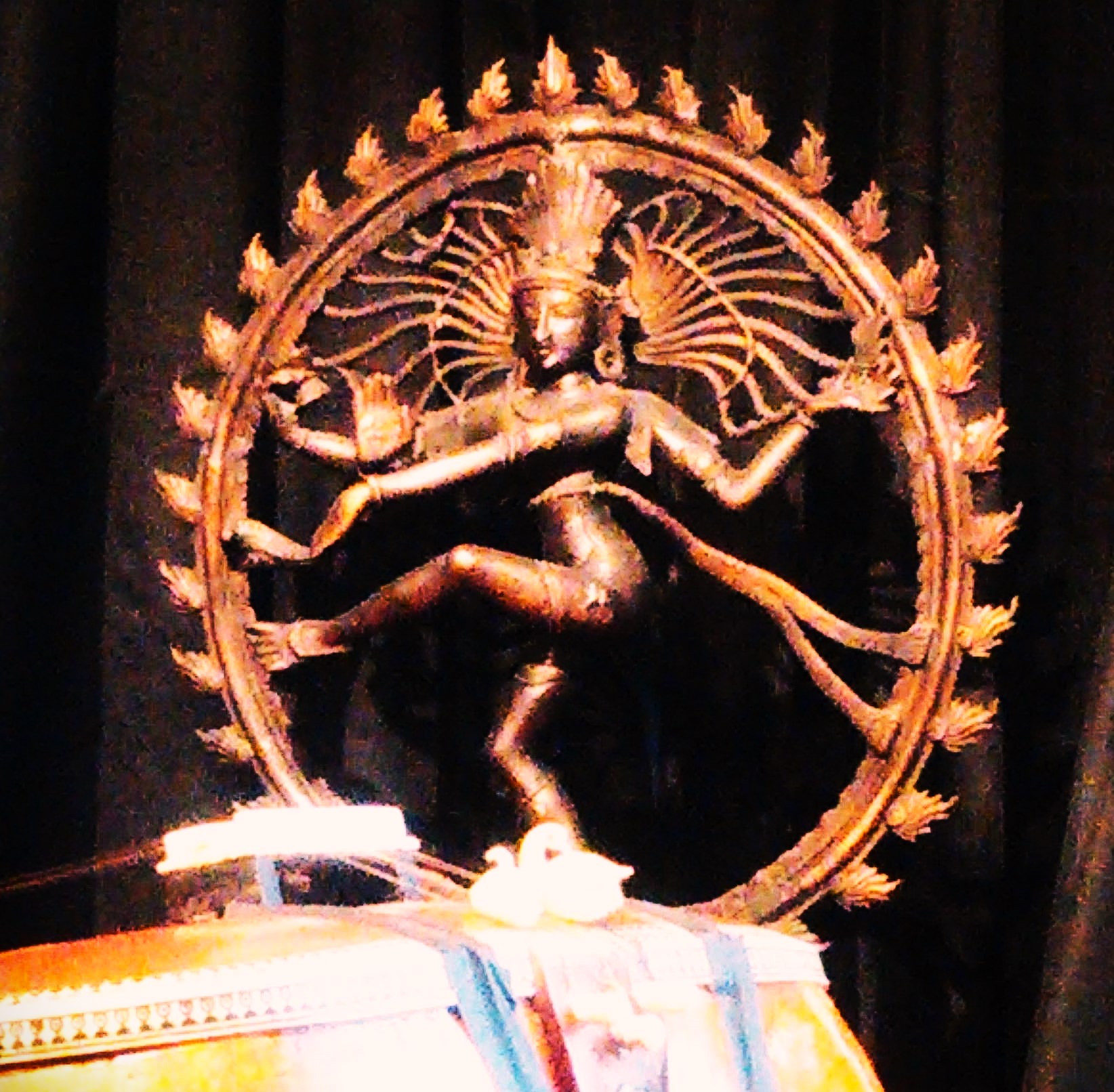Pandit Shiv Dayal Batish
Raga Manavati
Ashwin Batish and family Live
The UC Theater, Berkeley, California.
Meena Batish
Words by Ghalib
Music by S.D. Batish
Phone: (831) 423-1699


History of Indian Music - Part 1
Origins
by Pandit Shiv Dayal BatishEdited by Ashwin Batish
Music is a representation of divine beauty. It is the harmonious voice of creation positioned somewhere between the regions of the mind and of matter, a meditator between the spiritual and sensual life as Beethoven put it. To some it is a higher environment than even delight and devotedness in prayer. It is also a sort of medicine which has the capability of healing the aching hearts of living beings. It is a universal language of emotions and a vehicle of human feelings, answering to various moods of the mind. Perhaps early humans sang and danced because they found diversion and comfort in moments of monotony and distress.
The Antiquity of Indian Music

It is said that Indian music is so ancient that the story of its conception cannot be traced. The ancient Purānās, the religious books of the Hindu civilization, and the accounts and references in them, show that a close relationship existed between religion and music already by 1000 B.C.E. Hence, in order to trace back the roots of this ancient art, one may make use of these books and stories. The musical instruments held by different gods and goddesses, for example, Sāraswati holding a Veenā (a string instrument similar to the present day Sitār), sage Nārada holding a Nārada Veenā, Shankar holding a Damaru drum, and Vishnu holding a conch shell show that there has been an artistic awareness of music in India since the dawn of civilization.
How Nature Inspired the Creation of Musical Notes
Like commands from a superior, man received cues and impulses for discovering music from mother nature. Just as beautiful environments, scenes, shadows and perspectives inspired him in discovering the art of painting, and physical shapes and images of stones inspired the creation of sculpture as an art, early humans realized that the sonic environment - waves of the ocean, gentle ripples of rivers and brooks, the chirping of birds and humming of bees, love calls of the peacock, and the infinite variety of fascinating living sounds - was similar to his emotions and sentiments. He started to interpret his hopes, wishes, and his ecstasy and excitement of appreciation, by imitating, repeating and composing phrases from this wide variety of natural sounds. With the advent of time, this process became music.This is an excerpt from the Work " Rasik Raga Lakshan Manjari, volume 1, History and Theory of Indian Music, by Pt. Shiv Dayal Batish, Publisher - Batish Publications, 1310 Mission Street, Santa Cruz, CA 95060, USA.
Special thanks to Dr. Ralph Abraham for proof reading this article.
Issues:
1 • 2 • 3 • 4 • 5 • 6 • 7 • 8 • 9
|
|
|
email: info [at] batish.com
copyright ©1995 - 2025 Batish Institute. All rights reserved. Intended For Personal Use Only. No part of the information here may be reproduced or utilized in any form or by any means, electronic or mechanical, including photocopying and recording, or by any information and storage retrieval system, without specific written permission from the Batish family.